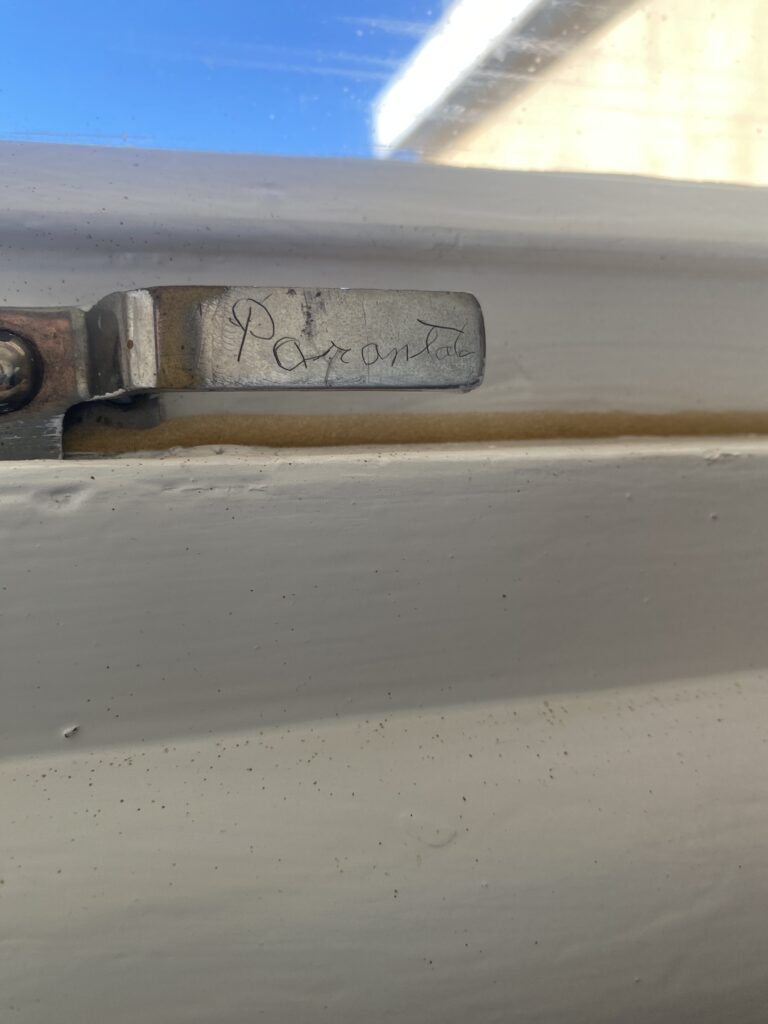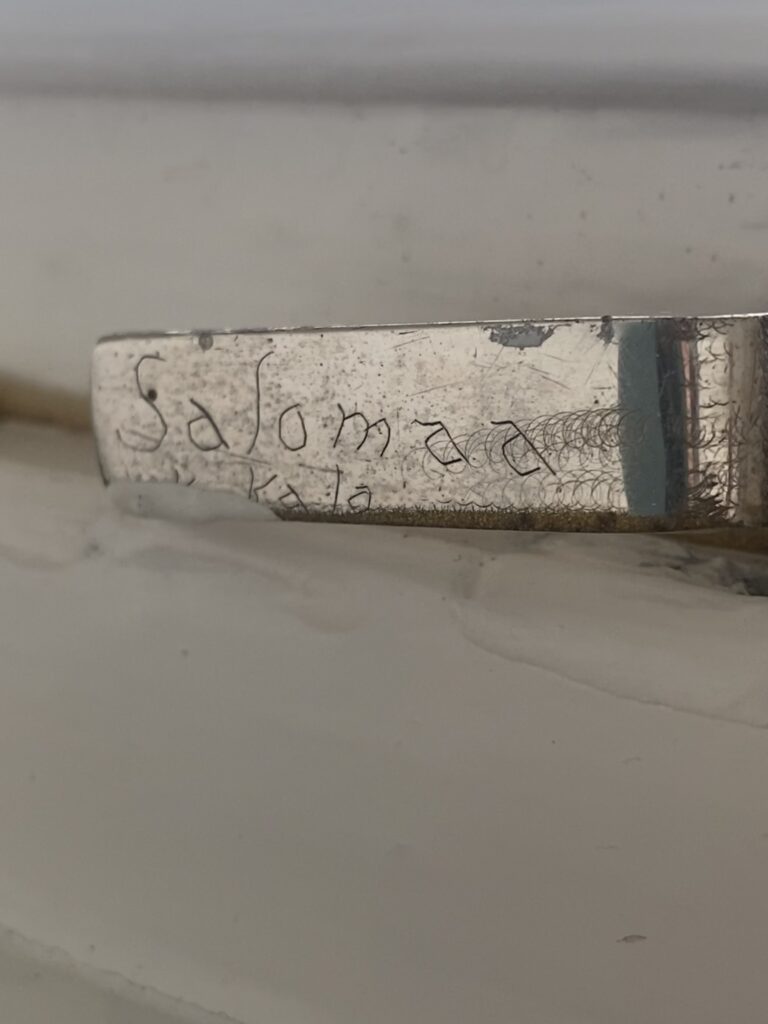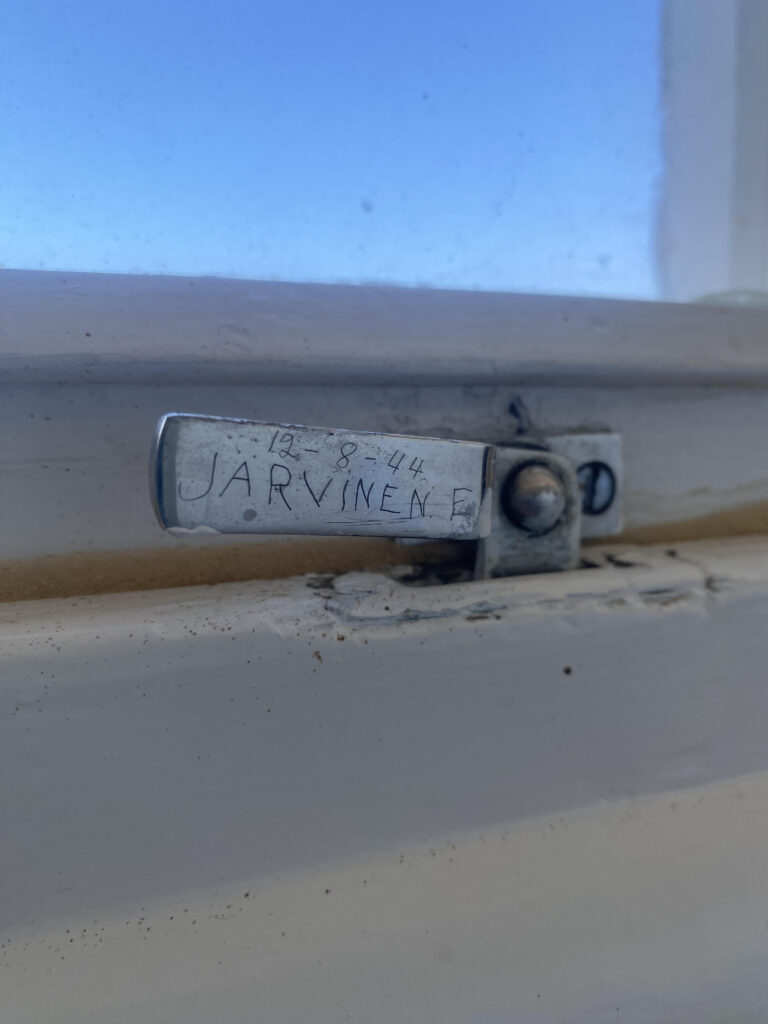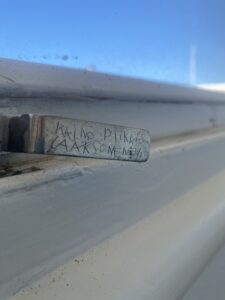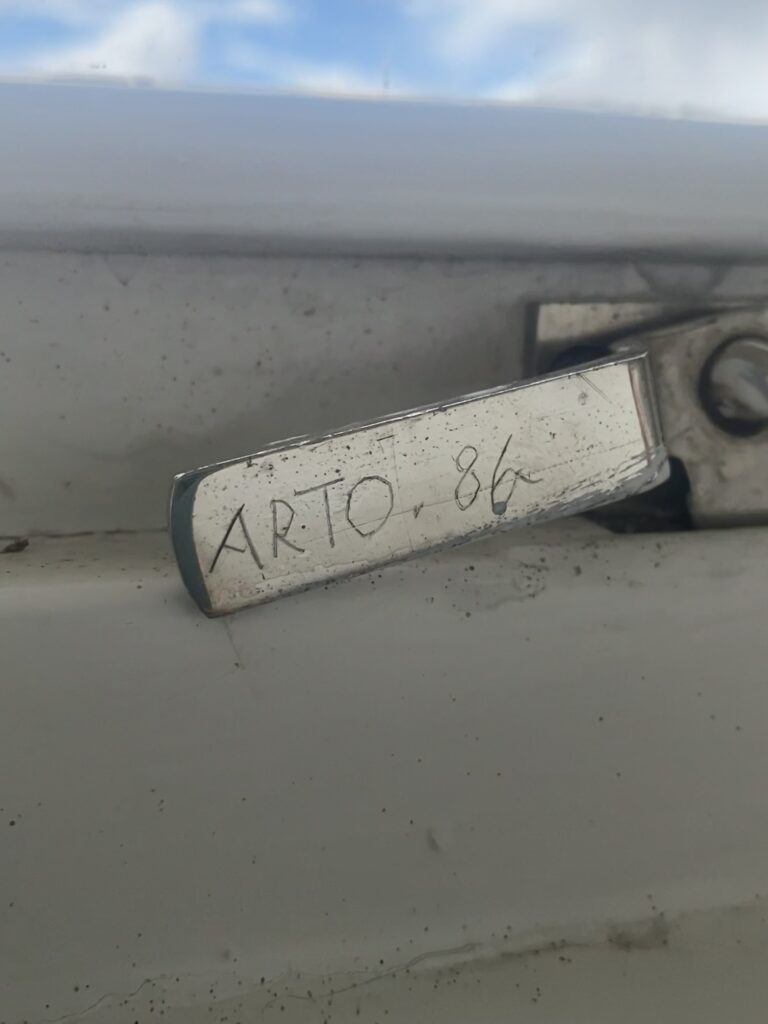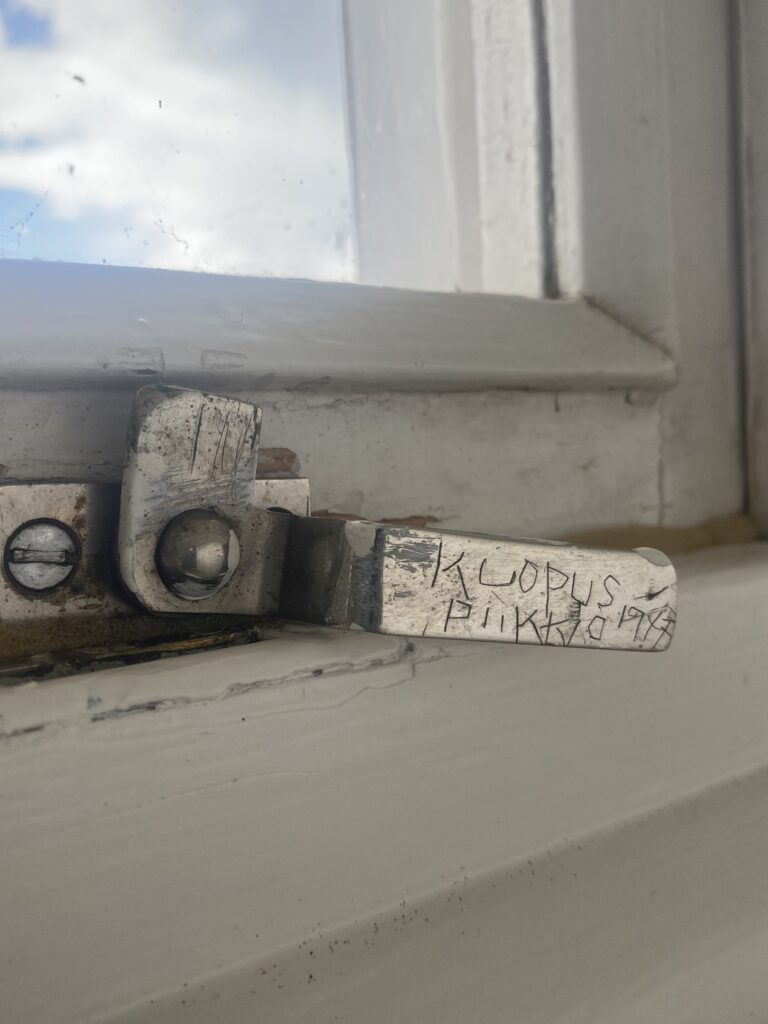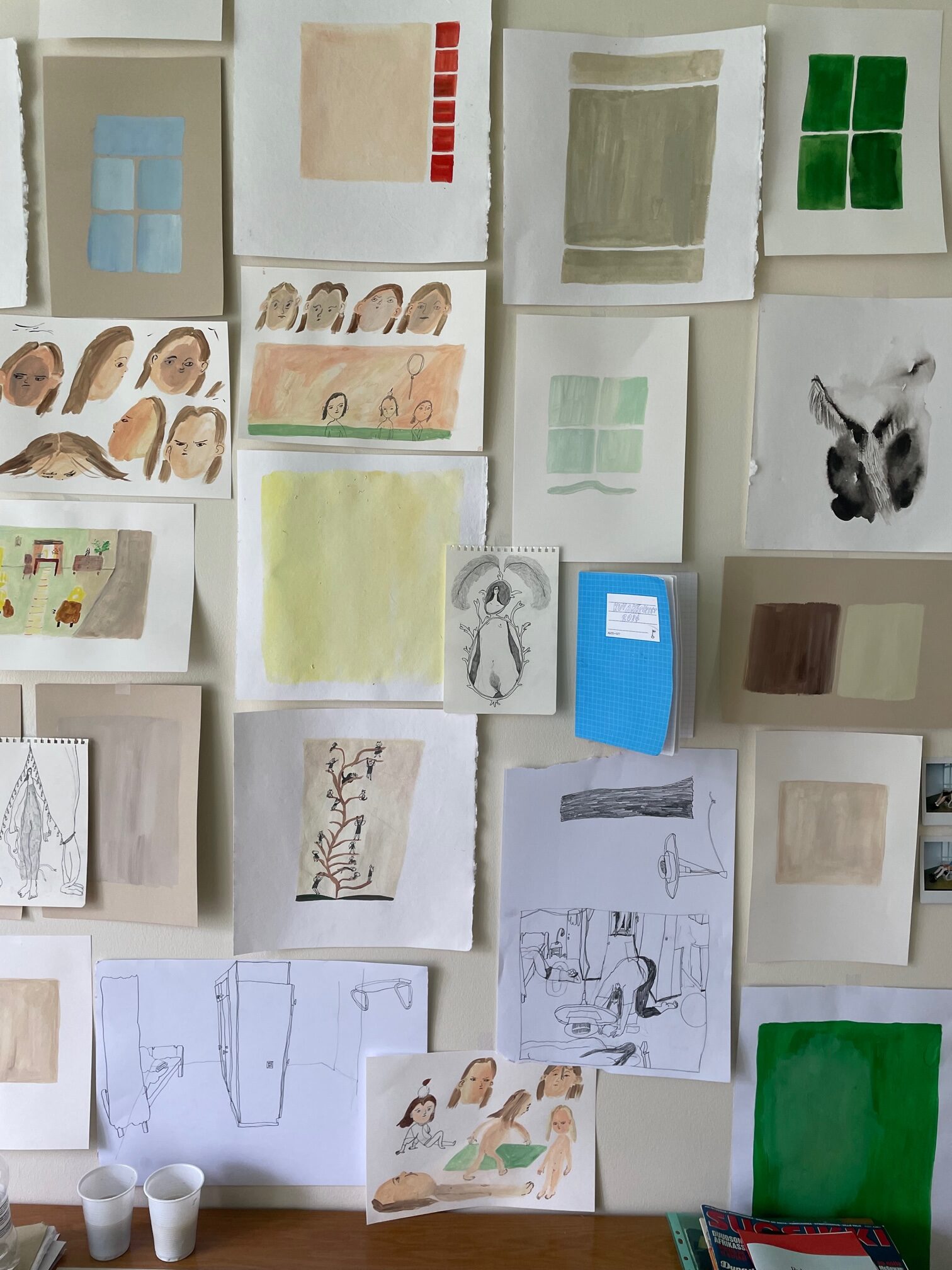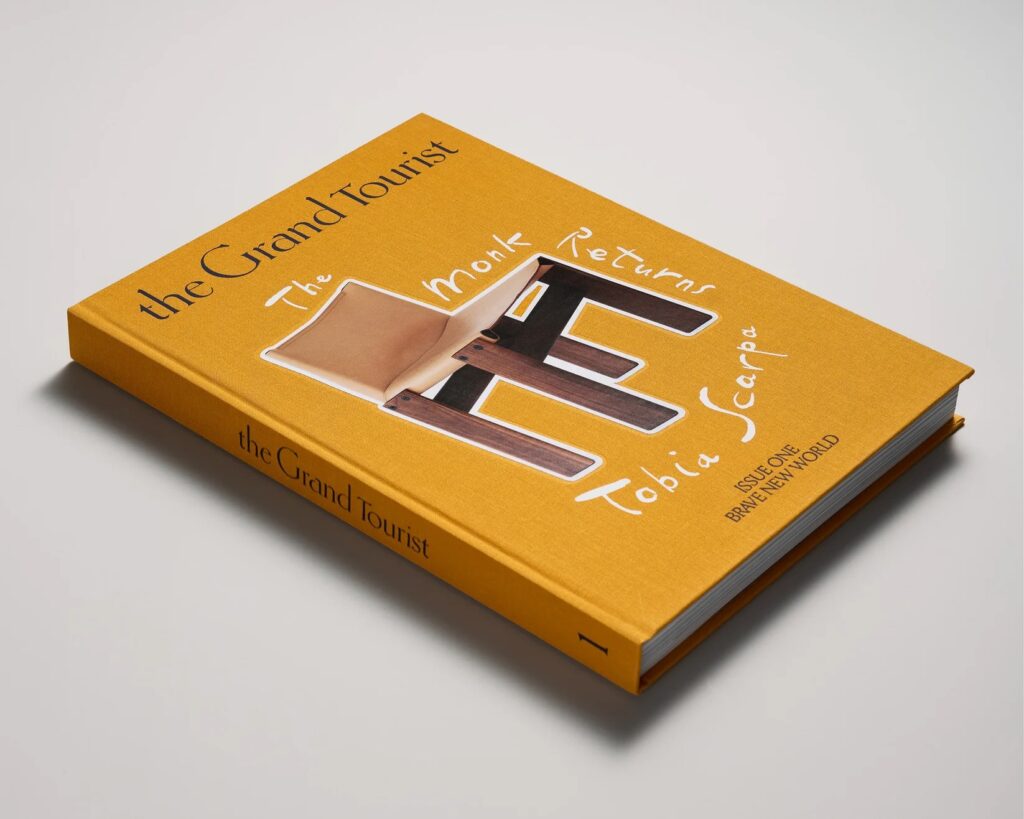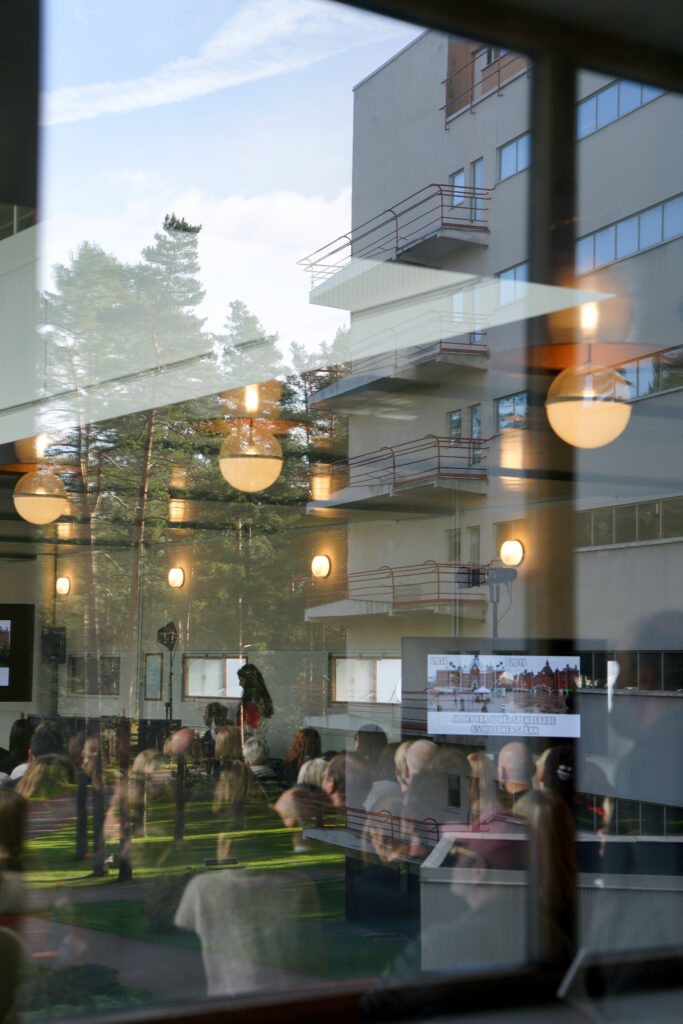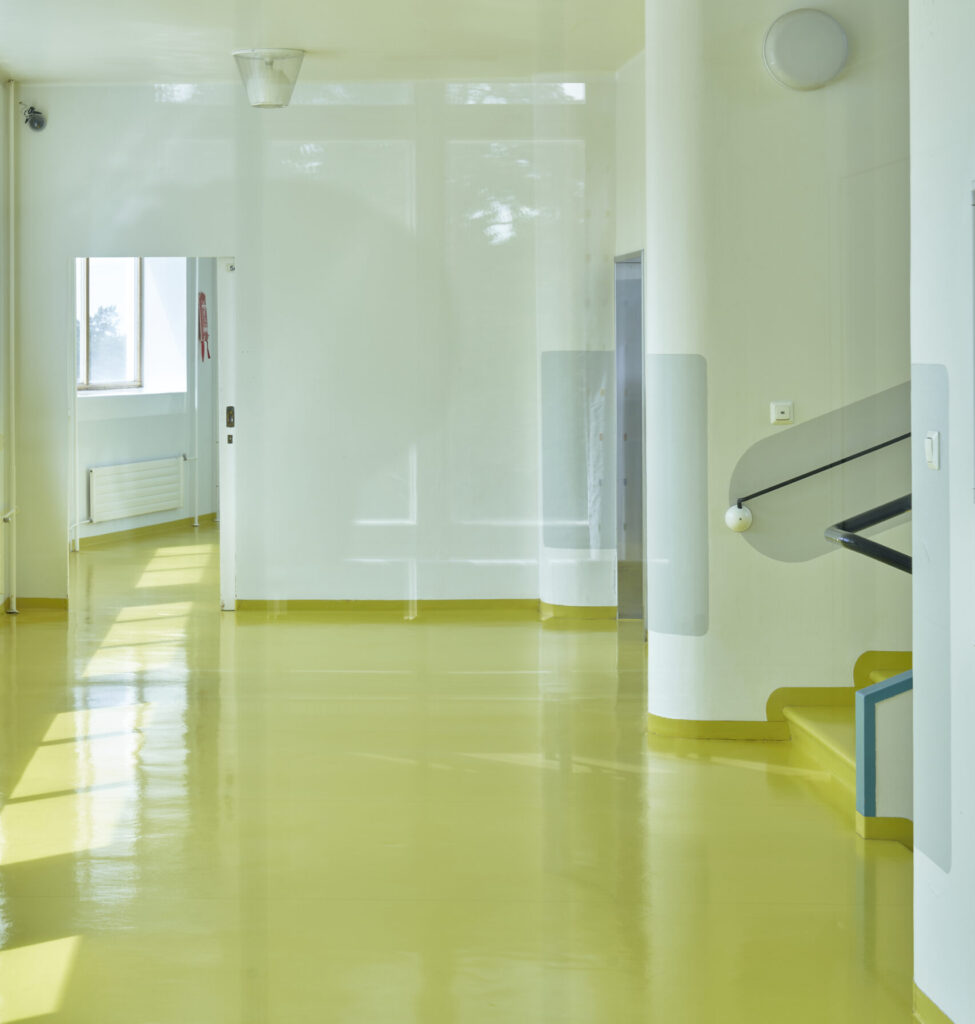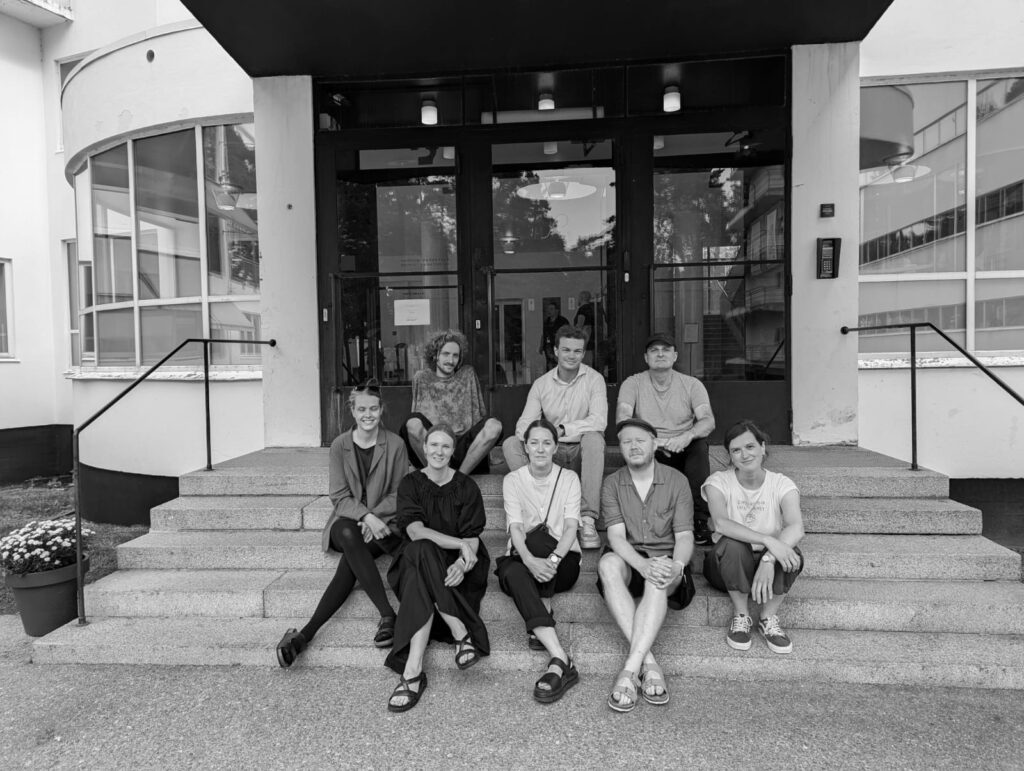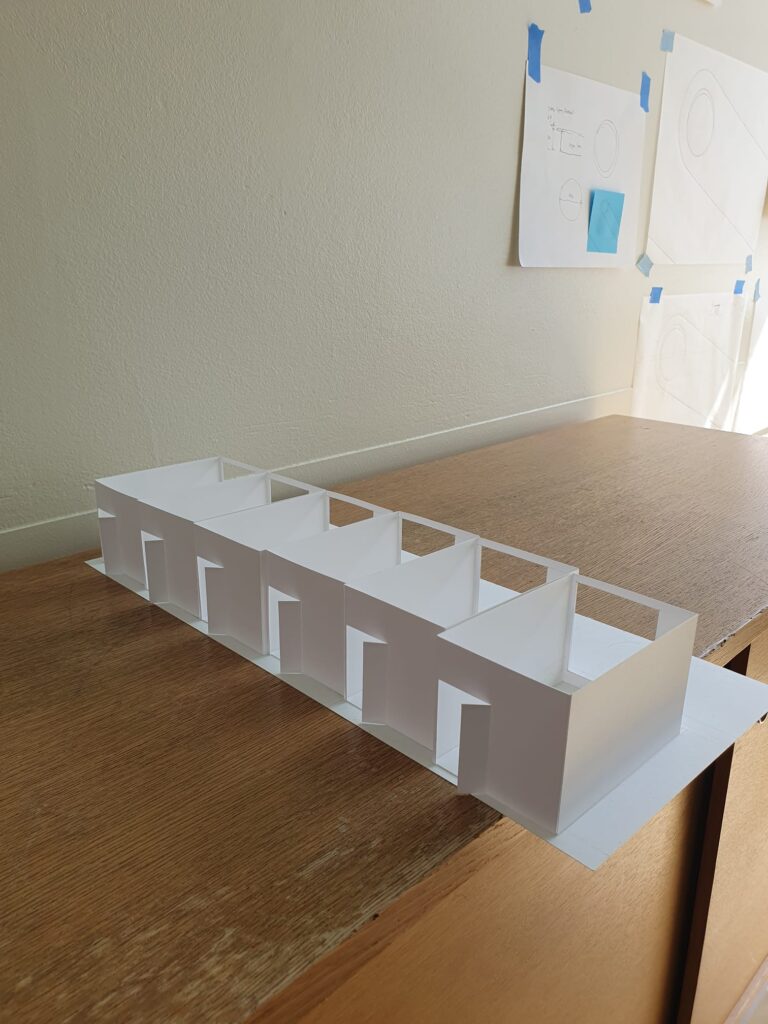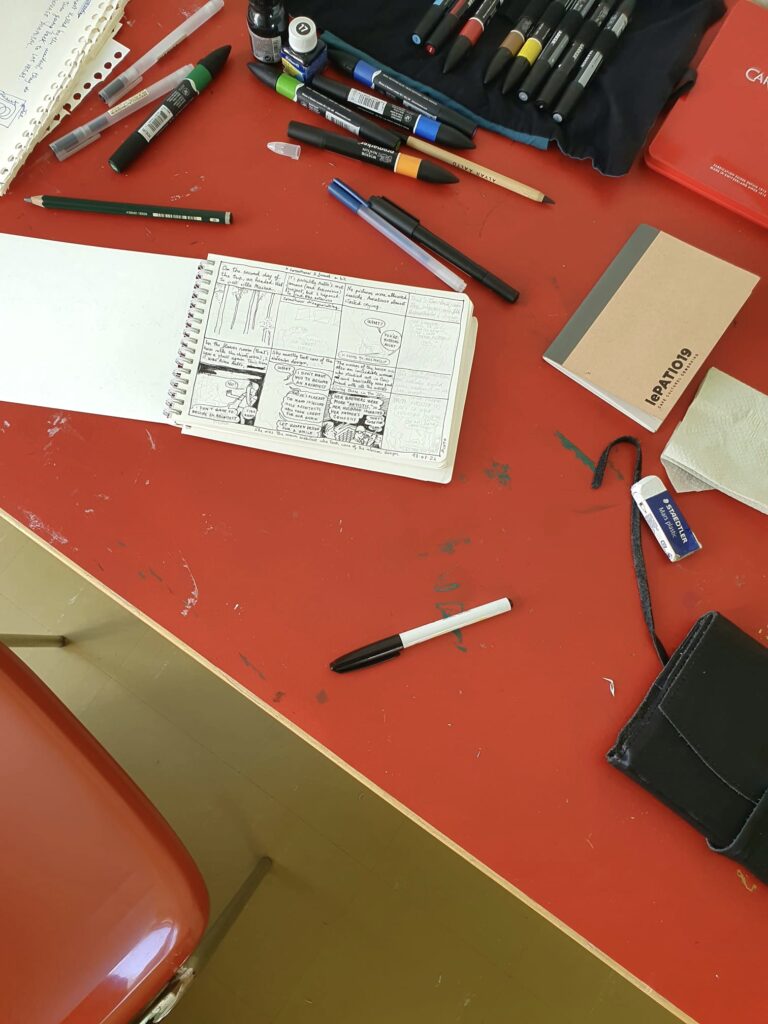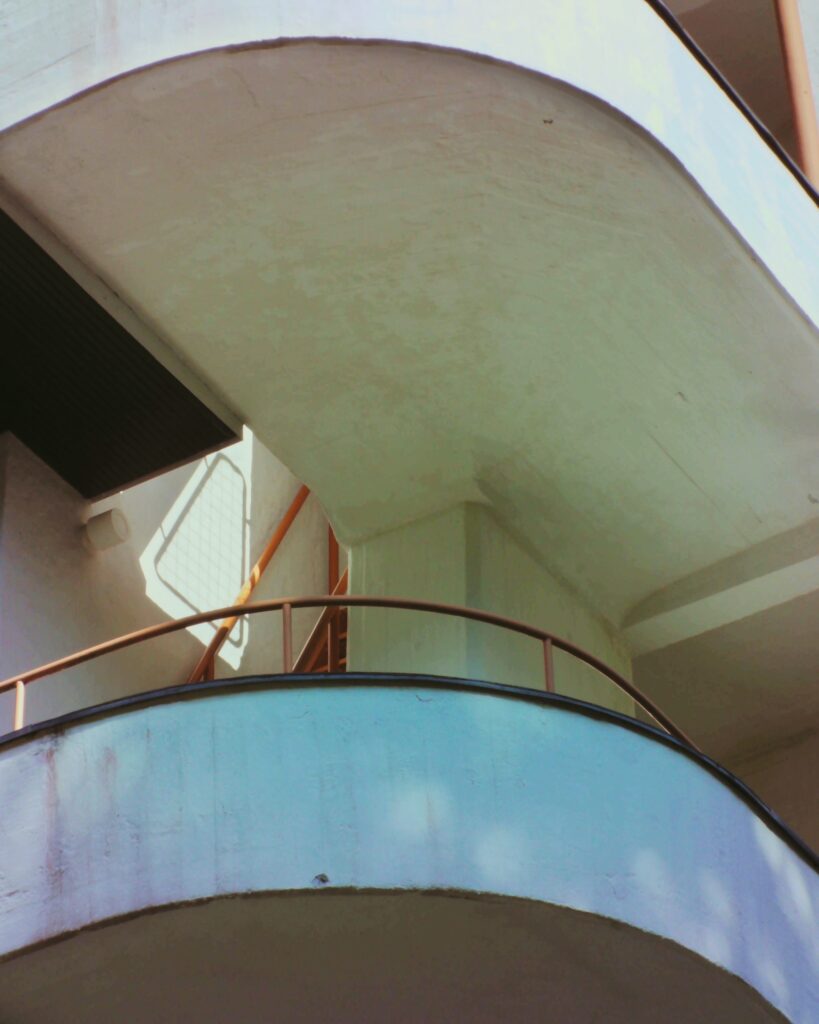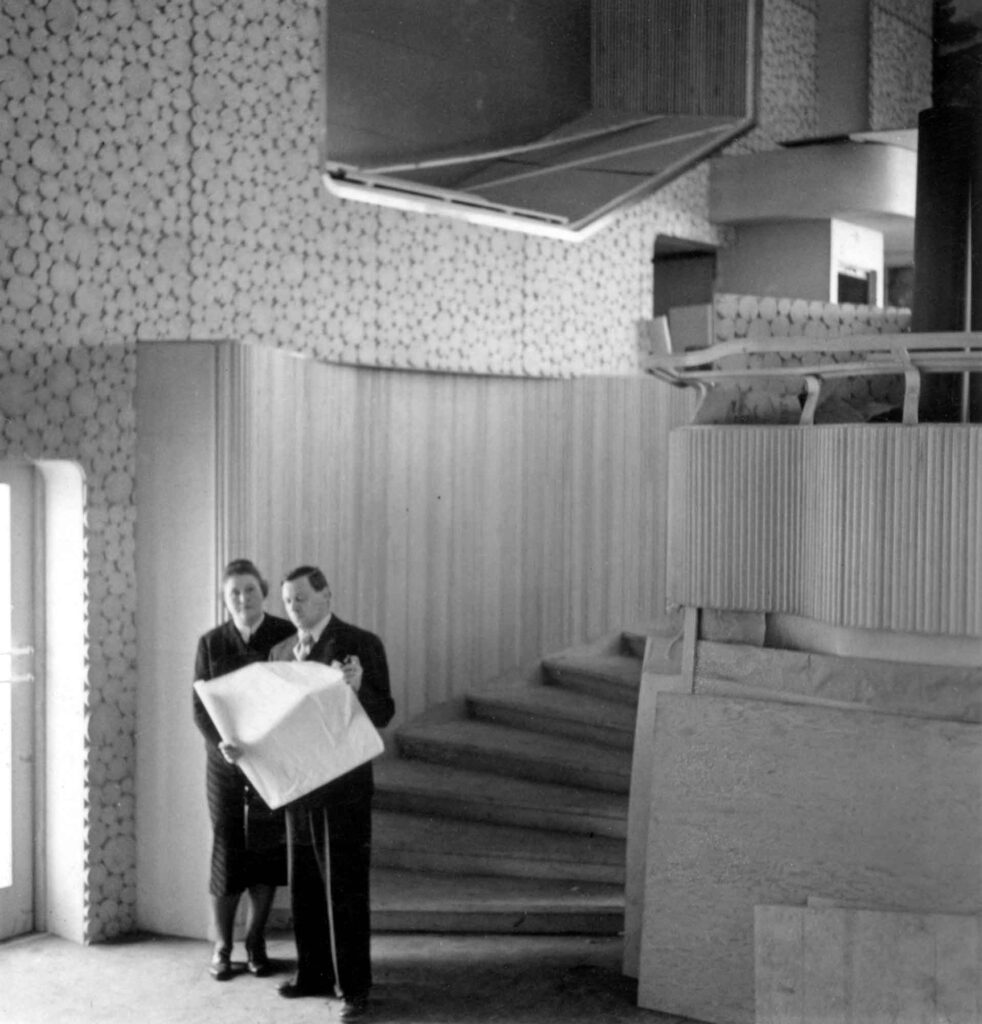’’Can we stay longer?”
’’Can I come back every month?”
’’Could we come back next summer?”
These were the first questions raised in June residents’ second workshop. Spirits were high, as was the sense of togetherness and belonging. The architecture and design of Sanatorium have spoken loud and clear to all the residents.
The building raises existential questions that can make us feel something and spur us to do something better in the world, building togetherness”, artist Anna Pesonen reflects on her time in residency.
“The history of the building is powerful,” writer Grainne Lyons agrees.
So powerful, she found it quite overwhelming at first. Lyons wasn’t sure if there would be a narrative arc for her essay.
“I found it really hard to move around Alvar Aalto and the cult of Aalto. I didn’t realize how big Aalto is. He’s huge.”
In conversation with the building
“And then, in the second week, I kind of got into my rhythm, and now the book is a combination of social history, architecture, and nature. Without all three, it isn’t as captivating as it is as a synthesis.”
Lyons reads us extracts. The final work is going to be called When We Lived in the Forest, and it’s essentially auto fiction in the style of Annie Ernaux.
“I weave together my present-day experience of having done this residency with reflections on the illness I’ve just experienced.’’
The text flows beautifully from Sanatorium’s past and present to Winston Churchill during his illness, binding together Lyons’ experiences of hers and her recovery.
After a week, Lyons started to feel that she was in a conversation with the building, having an interaction with it, and she wondered if anyone else was in conversation with the building. ’’I definitely feel like I was having conversations with the Aaltos. I had them on my mind daily”, Pesonen says.
“It’s such a huge testament to how radical and authentic their work was that it still carries power to push the new generation to innovate in their own time”, Pesonen thinks.
Once you occupy the building or spend time in the building, it starts to give you what it’s designed to give you, whether you were a patient or now an artist in residence.
’’In London, I have an insanely difficult time focusing sometimes. Here, I just go to the room and immediately zoom into my book. I always want to do things very calmly, to really understand what I’m doing”, Pesonen continues.
The building soothed her mind and helped her concentrate and reflect on the foundations of her practice.
’’It is such a perfect testament to their works, full of power and energy. The topic doesn’t matter. The building and its designs are so much bigger.”
Unlocking the blocks with colors
Sanatorium’s architecture and design took over artist Juliana Hyrri as well. She came to the residency to start her engines after a difficult spring. After two successful graphic novels, she is now working on a third one.
Hyrri’s workroom is a pitch-perfect installation of an artist-in-residence studio. It consists of paintings, drawings, storyboards, and color schemes, but also items of inspiration: old magazines, books, mementos, and found objects.
“Last year was so busy, and it just wore me out. Basically, I came here for the colors and the peace, and I got it,” Hyrri says. “The Paimio colors didn’t disappoint me, and I found inspiration and my workflow.”
Hyrri’s new book will be published next year, with related appearances around Europe dotting the calendar.
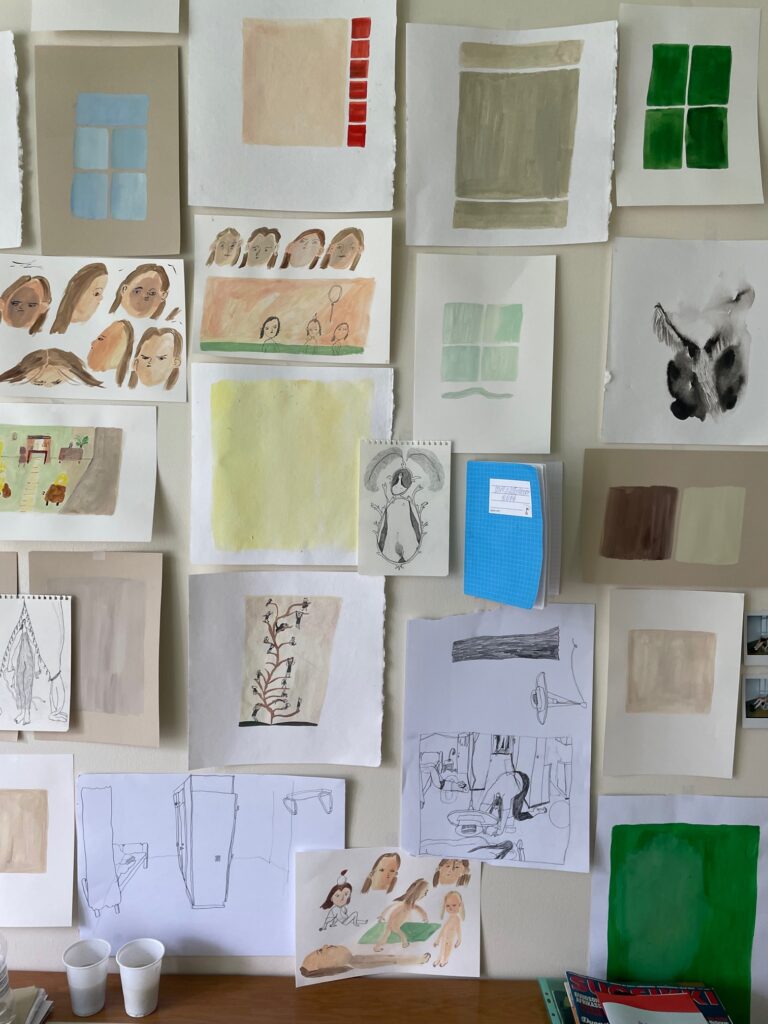
Juliana’s color and character tests
Unlocking the blocks with door handles
Sanatorium also helped designer Xander Maclaren get through a creative block he’d been having.
’’I was really looking forward to being a bit in the middle of nowhere, but at the same time in an interesting place to stay for a few weeks. It definitely did the trick”, Maclaren says.
Maclaren felt there were so many things to pique his curiosity, and after each thing he found, he wanted to see and find more. He started by just going around the building for a week, taking photos of things as they were installed and trying to figure out what was there originally and what was added later. He became especially curious about a famous door handle.
He contacted the Aalto Museum, and they sent the technical drawings for the handle. It turned out this was the only hardware designed by Aalto’s studio for which they could find drawings. He was going to try to make a 3D model, a replica of the handle, but then he started running into inconsistencies between the drawing and how the final one came out.
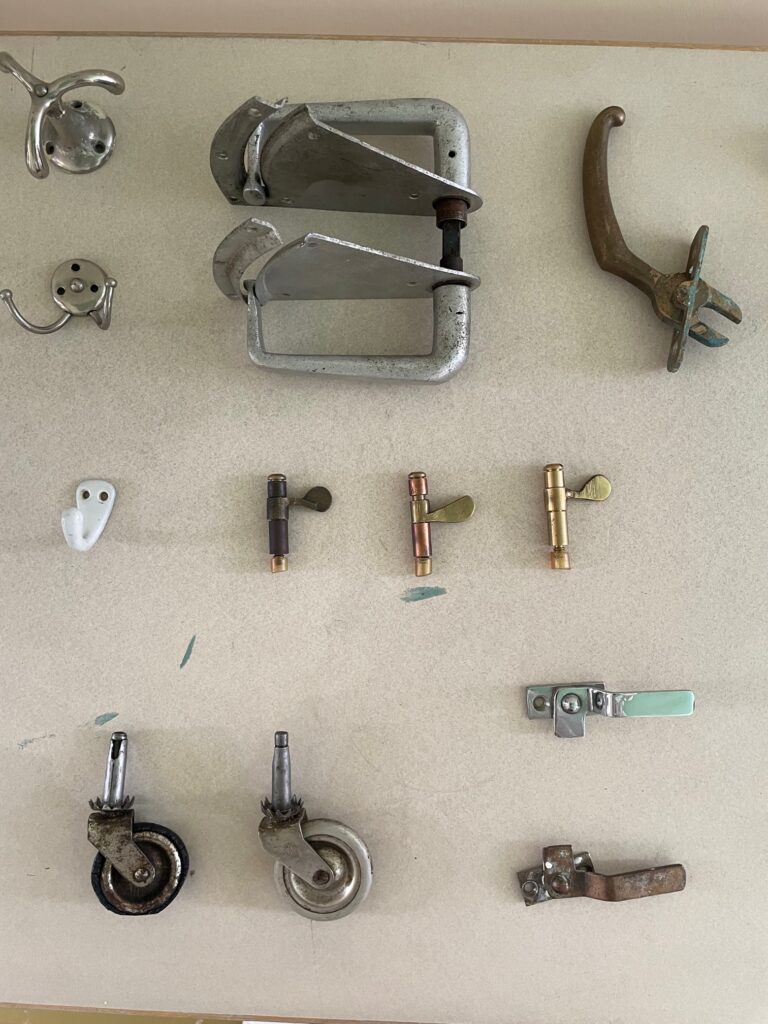
Xander’s collection
“You just see the side profile and the top profile, so you don’t get a sense of the curvature. But it’s the curvature that makes it feel good when you touch it; it makes it a human interface element.”
“In the end, I didn’t make an exact replica. It depended on the material in a way. Instead, I made a catalog that shows the pieces from a few angles and where they are in the building.”
The clocks were another thing Maclaren took an interest in.
“I looked at all the clocks of a certain type I could find in the building. There are ones that are uniform, and they have their paint flaking off. I think what happened is that those originals degraded over time.”
Maclaren assumes that the clocks were restored by following a stencil to some degree, but the result is pretty loose. All of the clocks he found looked like they’d been retouched.
’’The transition in all the details and specifics into the phenomenological effects, you can really feel the sunlight radiating off of things and then drying things out.”
For him, it was a constant mind game trying to figure out what was original and what was an alteration or an improvement. ’’I’d never been in an Alvar Aalto building before, so it was full immersion right off the bat,” Maclaren concludes.
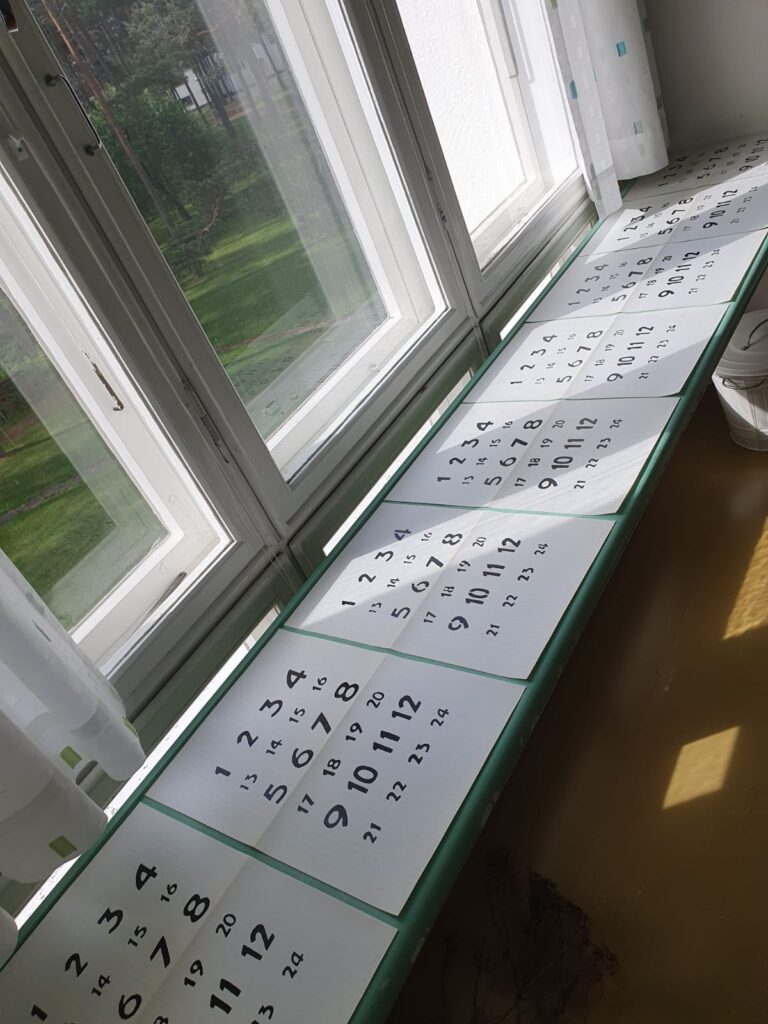
Xander’s pictures of the numbers in the clocks
Changing the Course
While Maclaren was very familiar with Aalto, while sound engineer Malloy James comes from the other side of the spectrum. ’’When I came here, I didn’t know a ton about the Aaltos and their work, but that changed quickly.”
James went on four or five guided tours during the residency, so he got a bevy of information. The Sanatorium building also changed his plans.
’’Just because of the sights, sounds, colors, atmosphere, and people, my workflow ended up changing”, James says. ’’I ended up hearing more classical stuff, more ambient movie scenes, and that ended up coming out.”
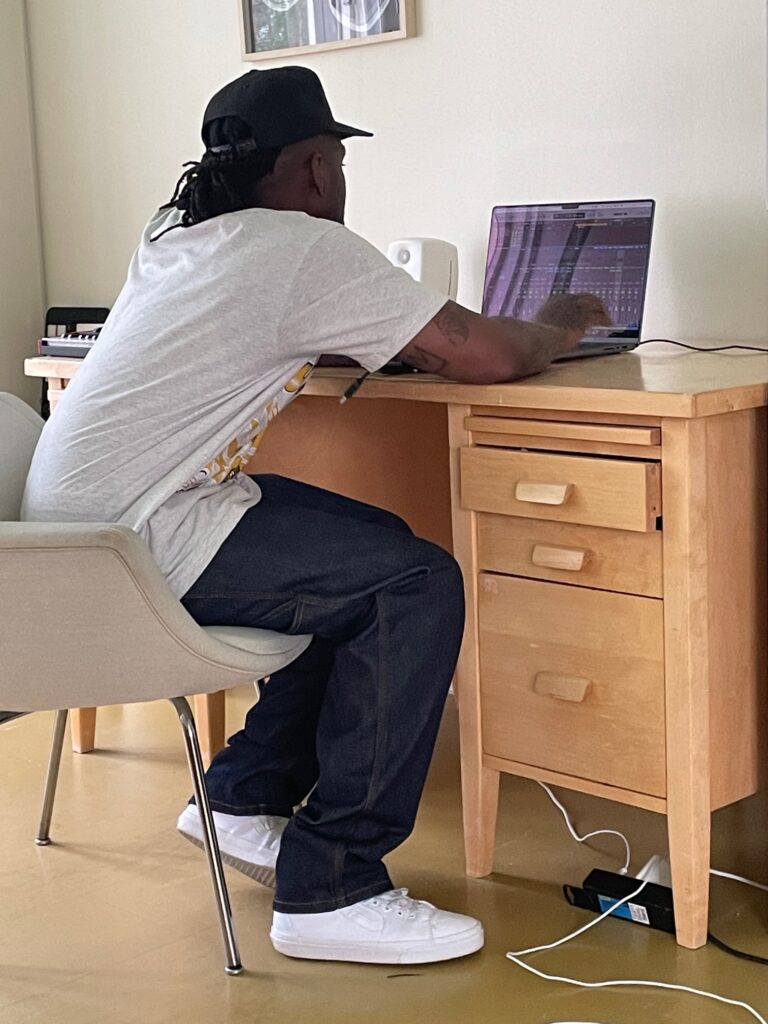
Malloy playing extracts from the soundscapes.
In many ways, the building is made perfectly for cinema. No wonder the soundscapes and music he created during the residency sound like a movie soundtrack. ’’I got to play around and be a kid, imagining what my scene for my movie would look like and then what that would sound like.”
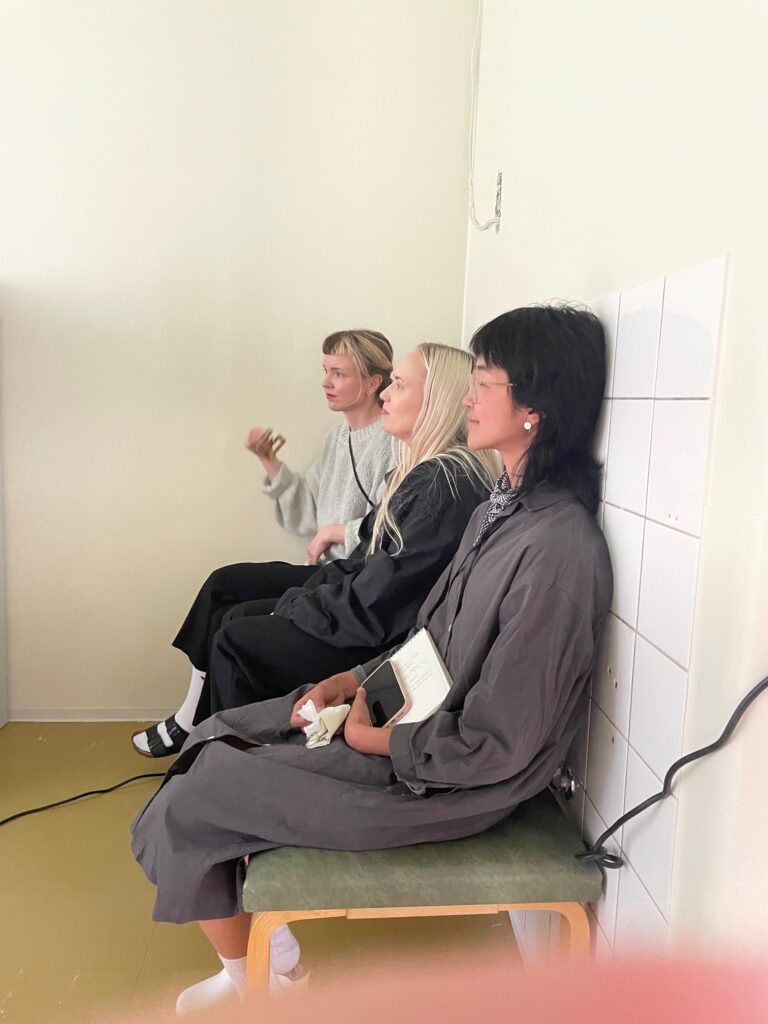
Juliana, Anna, and Danielle listening
All the residents agreed with Malloy when we were listening to different parts of his ambient soundscape. Moods vary, and we all are writing our own movies and scenes of Paimio Sanatorium in our minds.
Expectations of immersion met
Coming to the residency, artist Danielle Yukari already expected a lot from the building. She was very familiar with it from pictures and texts.
’’When living here for three weeks, the immersion is amazing. I got closer to the colors, the textures, and the shapes.”
Yukari’s main medium is ceramics. The pivotal question in her work is studying repetitive gestures of the process and how your body affects it. ’’It was actually quite nice to not have a ceramics facility. Working with ceramics requires a certain discipline. In working on ceramics, you have to plan at least a day ahead because of the material and the process.”
’’I still worked with clay, but it also gave me space to explore other media that I wanted to do for a long time or the ones that were in my work but were a little bit on the side.”
Yukari turned her studio into a beautifully detailed, enchanting gallery of light, colors, and interactions of different media. As a nice finishing touch, it included a futon-like, feather-light day bed where you can rest and take it all in.
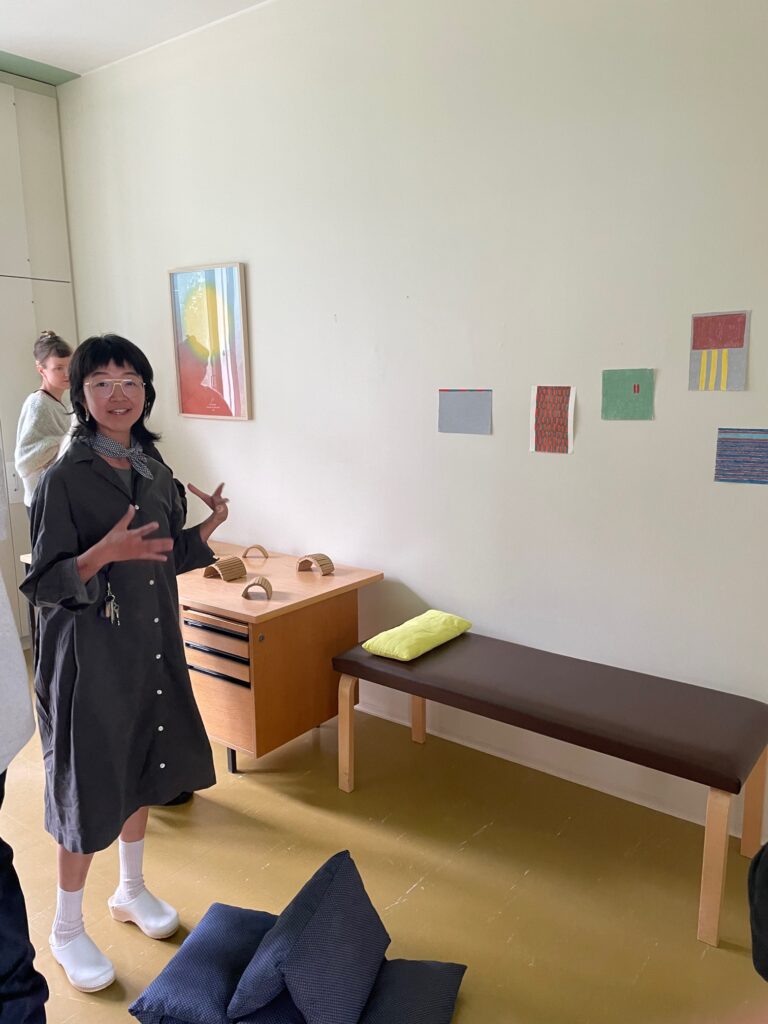
Danielle presenting her room, day bed on the bottom
’’It’s also very good for small naps between the processes”, Yukari points out. ’’I felt very privileged to have a studio like this. Like, can I rent it and come here once a month?”
In the exploration of sidelines of artistic practice
Designer Louise Dousset also wanted to deepen her bond with her other artistic practices.
’’I’m interested in finding relations with my painting practice that is not yet so much entitled to design practice, but I think it will be.”
“Each time you paint, you spread. So I enjoyed showing pictures of the process. I was painting every day and getting more fluent with it.”
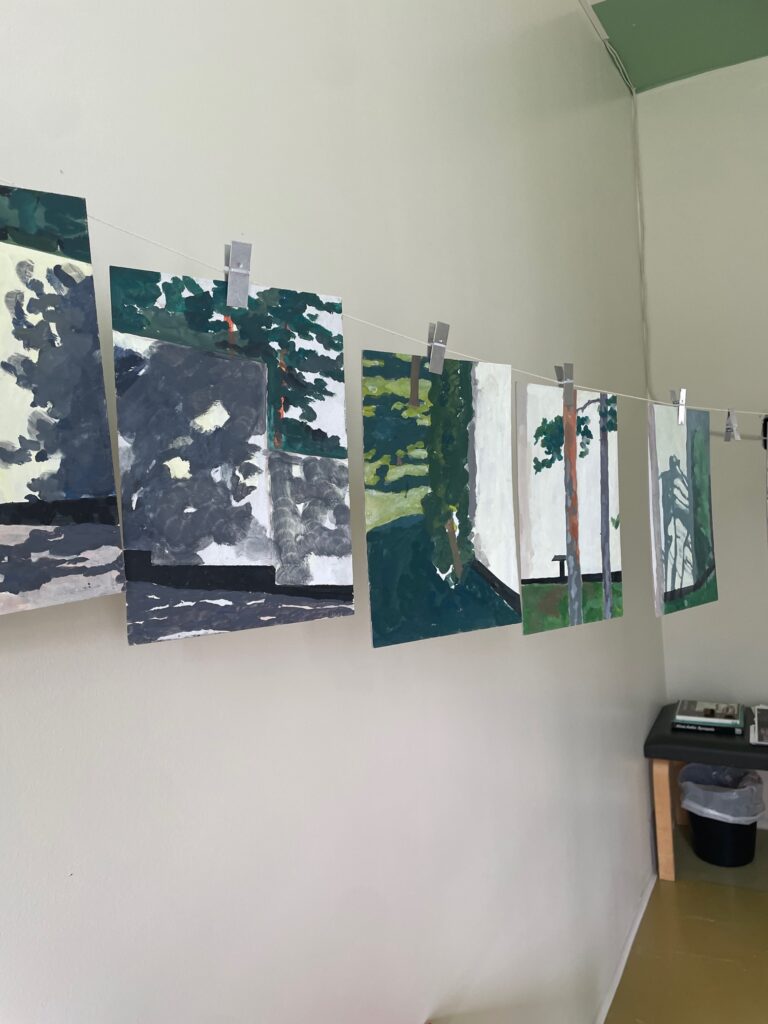
Louise’s pine forest paintings
But it was not only painter Dousset who was around. Designer Dousset was in residency too, doing the cataloging with Maclaren. “I was also collecting different features in the building, looking at the different layers on each chair and trying to depict what was the first one and also see the time lapse and evolution.”
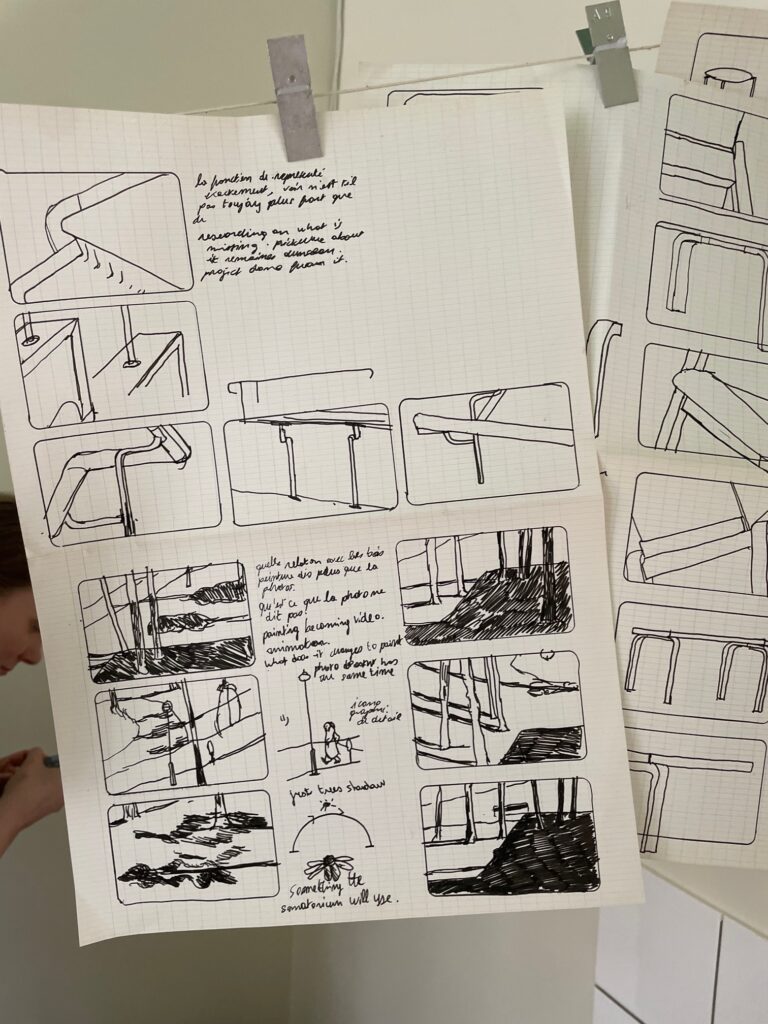
Louise’s drawings as a method of collecting
’’When you visit an architectural building for an afternoon, you tend to focus on the building itself, not necessarily on what’s around it. I have a collection of photos of people taking selfies in front of it or simply reacting as they enter the building. Every day, new people enter the building, and it’s always fun to see what attracts them to it.’’
Post Scriptum
During her residency, Gráinne Lyons didn’t just concentrate on her writing. A bit like Xander Maclaren, she cataloged the history of Sanatorium, focusing on the patients who had left their carvings on the window handles.
It’s as if patients from a bygone era are greeting the current residents with a handshake and wishing them well in Lyons’ pictures.
